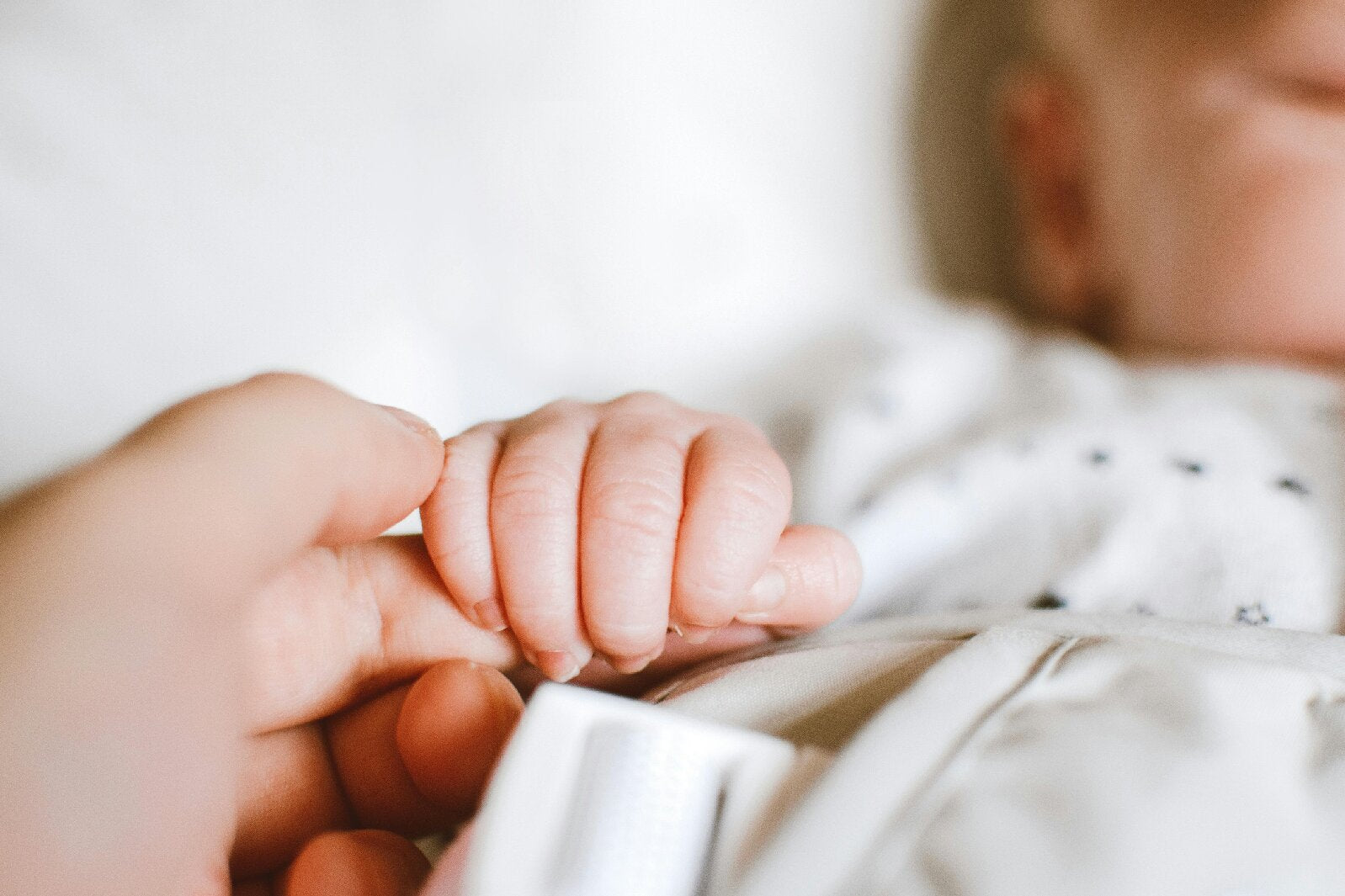Home
Pregnancy & Breastfeeding Tips for New Moms: Preconception, Pumping & Parenting Support
What Causes Nipple Pain While Pumping?

What Causes Nipple Pain While Pumping?
Pumping your breasts while you’re breastfeeding is not that uncommon. You might pump in between feedings to allow yourself to make more milk, or you might pump because your baby slept through a feeding and your breasts are engorged and tender. Whatever the reason is for your desire to pump, you need to know exactly how to do it, so the task is successful. It starts with a good-quality breast pump, but it doesn’t end there.
Electric breast pumps are easier to use because they do the work for you. With a manual pump, your arms can get tired because that’s how the breast milk is pumped out of your breasts and into a bottle. You also have a shield or guard that is placed over your nipple, and it is available in many different sizes.
If your nipples get sore while you’re pumping milk, especially if they aren’t sore when you actually nurse, there are usually five main reasons for the problem. Let’s take a look at these reasons one by one.

1. You’re Using Too Much Suction Strength
Electric breast pumps allow you to choose your suction strength, but even if you’re interested in thoroughly emptying your breasts of milk, this doesn’t mean that choosing the highest suction strength is a good idea. In fact, it’s more important for you to be comfortable as you pump rather than trying to get as much milk out as possible in the shortest period of time. In most cases, it is not recommended that you use the highest suction strength on your machine.
Some moms have nipples that are more sensitive than usual and still feel discomfort when they’re using the lowest setting. If this happens to you, try pumping while it’s in the let-down mode, which makes pumping easier on everyone. The bottom line is this: don’t worry about using the strongest suction setting. Instead, make sure that you’re comfortable and experiencing no pain regardless of the setting you choose.
2. You’re Using the Wrong Size Nipple Shield
This is one of the most-common causes of experiencing nipple pain while pumping. Many women assume that the shields only come in one size and that one size is good enough for all moms, but this is not the case. Nipple shields come in numerous sizes, and if yours is too big or too small, the nipple may rub up against the flange and irritate it, causing pain and discomfort. To be sure that you’re choosing the right shield, follow the instructions included with the breast pump to the letter.
Most companies that make breast pumps will include a free guide that measures the nipple portion of your breast, with some telling you to measure it before you pump and others telling you to measure it several minutes after you start to pump. Again, pay strict attention to the instructions so you get the right size shield in the end.
3. You Have a Nipple Blister
In some cases, you have a blister or bump somewhere on your nipple, which results in pain and discomfort every time you pump. Nipple blebs, as they are sometimes called, are often the result of a clogged milk duct. If you want to know for sure, just look for a white or yellowish dot in the middle of the nipple and breasts that hurt when you touch them.
To help it feel better, use warm compresses in between feedings, gentle massaging of the breasts as you pump or feed, and feeding or pumping more frequently. If you have fever along with these symptoms, you should check with your doctor because you may have an infection that requires antibiotics.
4. Your Baby Isn’t Latching on Correctly
Just like everything else when it comes to breastfeeding, it takes some getting used to for both mom and baby once you decide to nurse. If a baby doesn’t latch on correctly, your nipples can become sore quickly. One of the biggest mistakes made by new moms is they let their babies latch onto the nipple only and this can cause numerous problems. Instead, babies need to latch onto the entire nipple area, which includes the areola, so the milk can be released properly.
When you’re pumping and you believe that this might be a problem, look for symptoms such as changes in the shape of the nipple and even some minor bleeding. In some cases, a tiny bit of blood can get mixed up with the breast milk. These symptoms are often a sign that your baby isn’t latching on properly when they nurse.
5. You or Your Baby Have Thrush
Thrush is a type of yeast infection that both you and your baby can have. It is contagious and can be passed from mom to baby and vice versa easily, which is why you need to do something about it as soon as you notice the symptoms. These symptoms include nipples that are red, itchy, or burning; shooting pain in the breast both during and after you’re nursing; and a concurrent vaginal yeast infection.
For babies, thrush can look like a yeast infection on the diaper area or white patches on the cheeks and inner lips that look similar to cottage cheese. If you even think that you or your baby have thrush, it’s imperative to contact your doctor immediately because an antifungal medication is usually necessary. You also need to take precautions, so it isn’t passed from you or your baby to the other one as easily.Share


